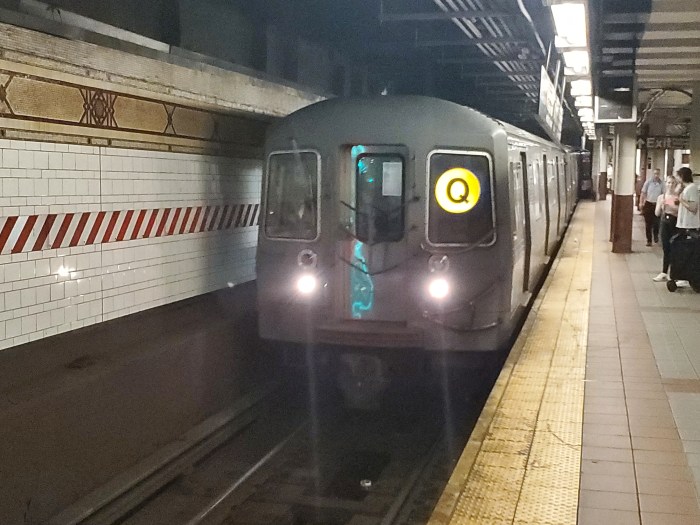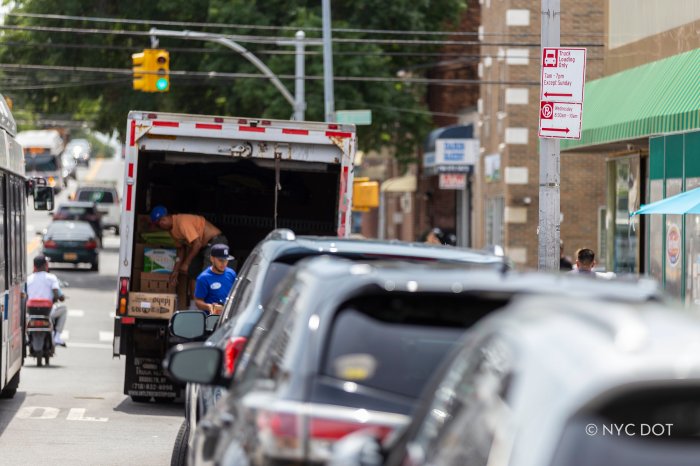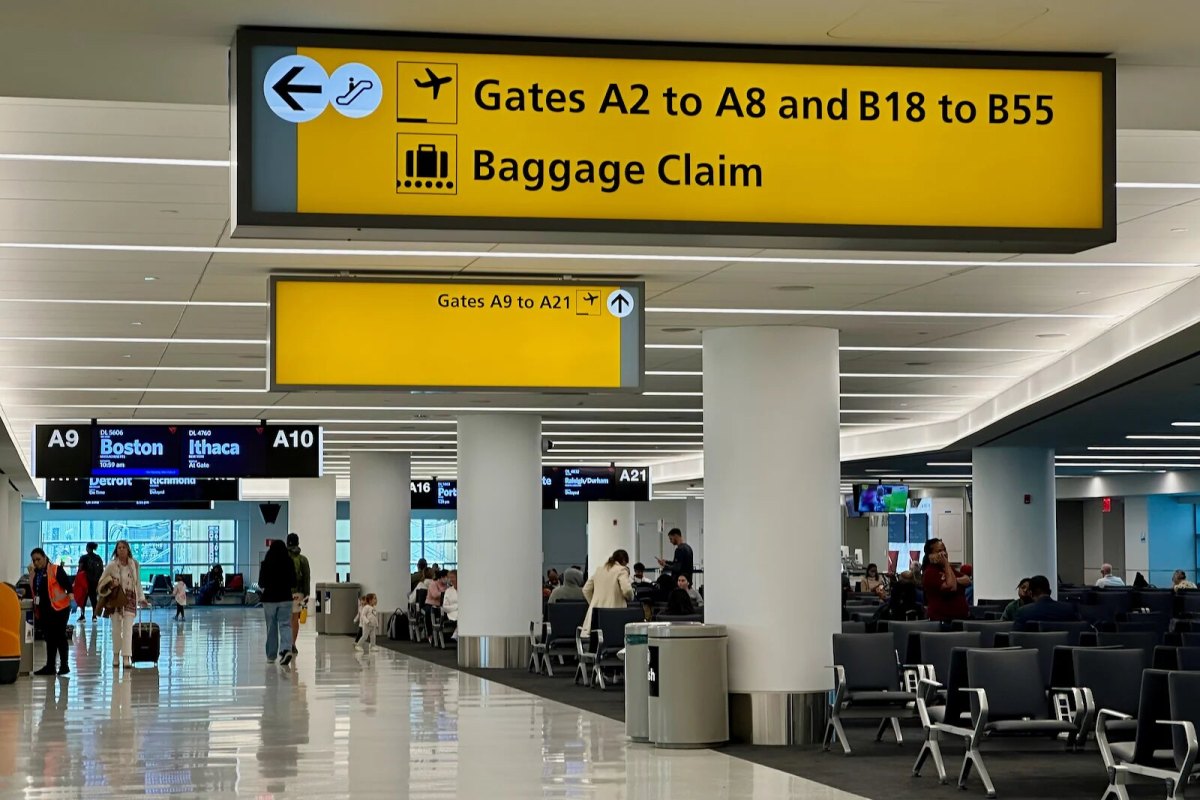
Gov. Andrew Cuomo and federal officials saw the future of subway flood prevention Tuesday during the anniversary of Superstorm Sandy.
Flood-prevention devices such as stronger walls, an inflatable bladder and station entrance covers are some of the options as the agency seeks to keep water from entering the subway system from about 600 points.
"During Hurricane Sandy, the largest amount of damage was done here in lower Manhattan," Cuomo said at the National Museum of the American Indian, where officials offered updates on Sandy repairs and mitigation. "Let’s learn from the experience. I do not believe this is the last time we’re going to go through this."
The flooding in the subway system during Sandy trashed a renovated No. 1 train station at South Ferry, knocked the A train out of the Rockaways and caused massive shutdowns of major train tunnels serving the R and G lines.
"You can’t allow that infrastructure underground to flood," Cuomo said. "So one of the big challenges for the MTA, the subway system, is, how do you seal that system, how do you seal those tunnels so water doesn’t penetrate."
MTA chairman and CEO Thomas Prendergast said the technology the MTA is looking at is either in use elsewhere or in the research and development phase.
"We want to be able to cherry-pick from those that have had successful use in other places and adapt them for use here at the MTA," he said.
At the first stop on the tour, Cuomo, Prendergast and Donovan viewed a station cover at Whitehall Street that was preventing water from entering. Then, down inside the South Ferry station that has been closed since the storm, the officials got a view of a tunnel plug designed by ILC Dover, a U.S. Department of Homeland Security contractor that specializes in this type of equipment. The plug, still being developed, has three layers and would fill with water, though for the demonstration air was used.
The "resilient tunnel plug" could be used in the track bed at tunnels as well as at stations with unique stairway openings.
"We’re looking at anything that is out there from a standpoint of already being deployed by other systems … as well as innovative new devices that people are considering using, which is what that device is," Prendergast said, noting that the plug has not been used for transit purposes.
Prendergast said flood-prevention devices must withstand peak 12-foot surges for up to two hours in order to "stand a very high chance of not having any major elements of the system flood."
As for when stations will be equipped with these devices, Prendergast said they would be installed as soon as possible, but "hopefully before the next hurricane season or storm event."































